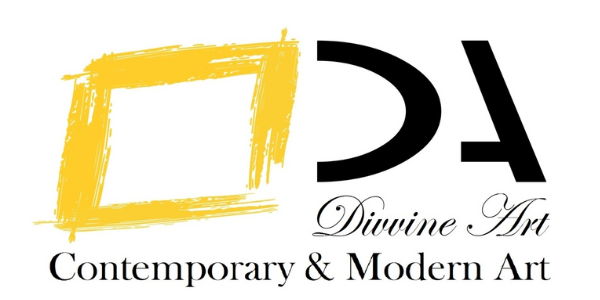K K Hebbar
Kattingeri Krishna Hebbar was born in 1911 at Kattingeri in the Udupi district of Karnataka. His father used to make clay idols of Lord Ganesha during festivals and this background in folk art helped Hebbar decide that he wanted to pursue art as a career. Despite training in the Western tradition, Hebbar’s body of work remained rooted in the folk traditions of India. After some initial training in Mysore and later in Mumbai at the Sir J.J. School of Art, he started his career as an art instructor at the Sir J. J. School of Art and taught there between 1940 and 1945. He then went to Europe to study art at the Academy Julian in Paris.
He infused the aesthetic traditions of Indian folk art with Western abstraction and figuration. Simplistic line drawings depicting nude figures, such as Farmers (1977), are emblematic of Hebbar’s signature style. His works in oil on canvas showcase his broader talent as a landscape and figure painter. While his strong social consciousness compelled him to paint subjects stricken by poverty and hunger—as is evidenced by his Expressionist-influenced Hungry Soul (1952)—he also captured the grace and dynamism of traditional Indian dance performances. Hebbar was commissioned to produce a number of political portraits, especially during the Nehruvian era. Despite working during a period of upheaval in his native country, Hebbar became a highly influential Indian artist.
In 1976, Hebbar was selected a fellow of the Lalit Kala Akademi. Mysore University bestowed an honorary degree of doctor of letters on him. From 1953-73, he served as the chairman of the Artist’s Centre, Bombay, and received the Padma Bhushan from the Indian government in 1989.
